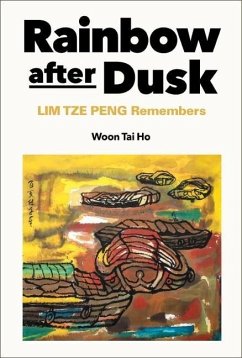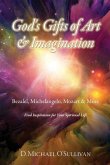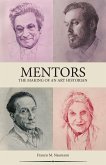Dusk is that brief period of the day before nightfall. But when a rainbow appears after dusk, it is special, almost a divine apparition. The phenomenon, though rare, is not science fiction. Rainbows do appear after dusk. This unusual story is a celebration of mind over matter, life over death, and love over fear. Rainbow after Dusk builds on Soul of Ink to continue telling the Lim Tze Peng story, shifting the focus to the artist's most important works, starting with his Kampong series, to Chinatown, and then his all-important Singapore River works. Told with brushes and paints, the colours used in the narrative give his story a unique visual power. In many ways, his works act as a record of the life and time of a Singapore that no longer exists. Through honest and sometimes heart-wrenching interviews, the artist tells his own life story through his artwork.But the centenarian is not one to just reminisce. This book also looks at how this artist forces himself into the present and now. When his mobility is compromised, when he can no longer paint on location, his active and creative mind takes over. The subjects stay the same, but the approach to these subjects is entirely conceptual and imaginary. No longer a prisoner to what lies before him, he allows his mind to remember and see in vivid colours. More important, he releases the mind to his heart. He wants his audience to feel what he paints, not just see what is before them.








